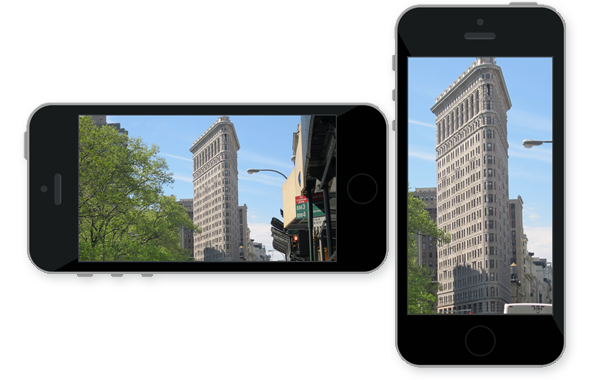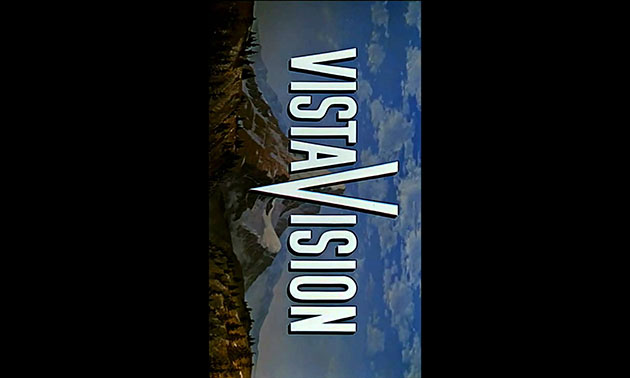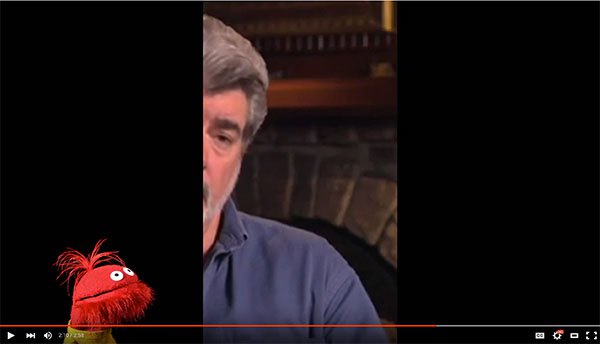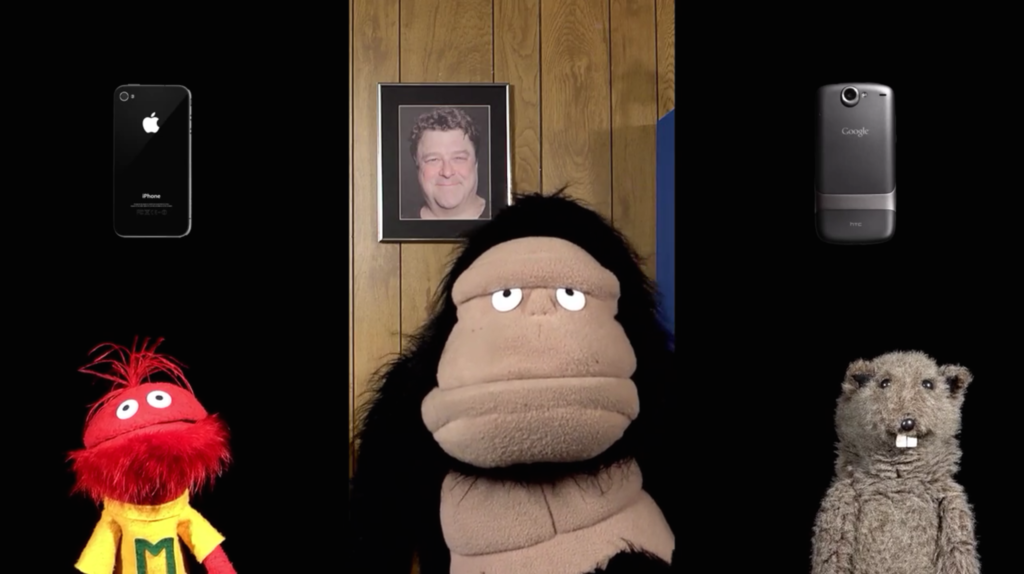Vertical Video
Cinema pictures and Television has always been displayed in a horizontal (or landscape) format. Yes, there have been 4:3 aspect ratios that seem almost square to us now, and there have been various “flavours” of widescreen images over the years, yet it is effectively a horizontal format. This is how the human eyes and brain see the world, and is the most natural format to use, we have 2 eyes and they are arranged horizontally. However, this Century-old convention now has a “new kid on the block”, and we should ignore it at our peril. Vertical Video. Read on to understand why.
The mobile phone has become an icon of the last few years, and we often rely on the content, and view content via this medium. Many people now use the Smartphone as a way of communicating to their friends with video and still images, and that more often than not creates some potential issues for this business.
If we watch most amateurs making a quick video, the camera is more often than not held in portrait format, creating a vertical aspect ratio video when played back. Why is that? Is it because they are lazy, or is there another reason?
Before we look at that we need understand why this has become so commonplace now, and there is a simple reason. Fundamentally the mobile phone is a phone with a camera inside it. It is not a camera with a phone in it, and that’s a big distinction.. It is certainly is more effort to hold the camera in the traditional landscape format, it requires two hands, and there is not really a firm grip on the body. Ergonomically it is more comfortable and convenient to hold it this way, and most people watch the video on their Smartphone, and it fits the full screen nicely when held in the same way, thank you very much! So what’s the issue?

Facebook Live
Watching “Facebook live”, Snapchat and Periscope videos is not cinema or television of course, yet many traditional movies are now watched on train journeys on a phone or small tablet with a reflective screens in less than favourable lighting conditions. I have often seen a major widescreen movie being watched on the tube with the phone held in portrait format.

Clearly this is a potential issue for professionals. Or do we take a look at the market and give them what they want? There is now a large proportion of video marketing on the escalators on the London underground and in shopping malls, and the videos are often displayed as a in vertical format. Clearly the video content needs to be produced with that in mind for the outset or it goes horribly wrong, so there is clearly a potential market.
 There was even a movement afoot to introduce the vertical video as a format, and Vervid was seen in 2015 as “the YouTube of vertical videos”, showing 9:16 aspect ratio videos only. The content seemed to consist of short videos shot on a Smartphone. Yet Vervid went belly up in 2016.
There was even a movement afoot to introduce the vertical video as a format, and Vervid was seen in 2015 as “the YouTube of vertical videos”, showing 9:16 aspect ratio videos only. The content seemed to consist of short videos shot on a Smartphone. Yet Vervid went belly up in 2016.

There is also a YouTube channel called Glove and Boots, with videos in the style of Sesame Street puppets, with one called Vertical Video Syndrome – A PSA. It has had over 8 million views so far.
Clearly, cinema as we know it is not going to redesign all the cinemas, nor will cameras, grip gear and edit suites be redesigned to accommodate this idea. All professional cameras are designed to a standard to be used in one way, with the eyepiece on the left side of the camera and much more. It’s not simply a case of turning the camera on its side to shoot a vertical movie! Yet there are commercials and short films specifically produced this way, normally with Smartphones, with all the limitations and lens quality issues there. However, with mobile phones and tablets being used increasingly to view movies more than traditional TV it’s a factor that needs to be looked at carefully. It does make me wonder if there will be a 4K TV designed to be rotated to show vertical videos!
If the consumer is given what they want then maybe there is a niche market for vertical cinema in some places. I see films about New York Skyscrapers and Easter Island statues being great subjects, yet I feel the opening shot in the first Star Wars film would have lost its impact somewhat if shown vertically!

Leave A Comment